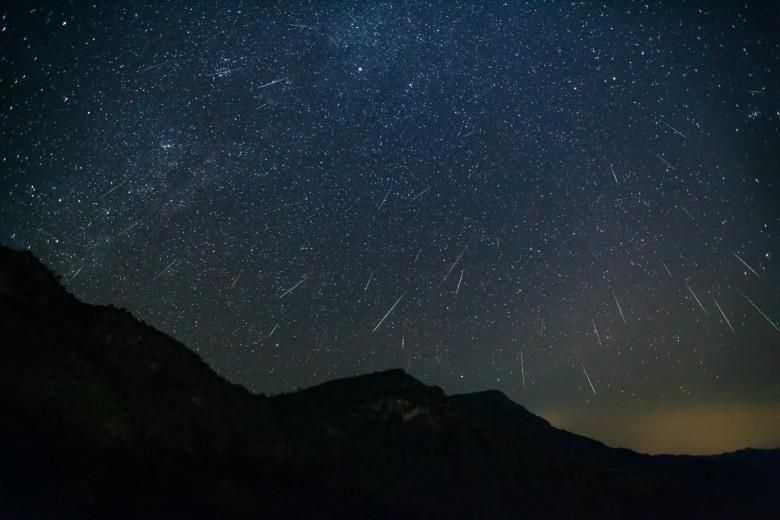How to see the 2023 Lyrid meteor shower

The Lyrid meteor shower peaks Saturday evening into early Sunday morning. The Earth is expected to move through the densest part of the stream of sand-sized rock left by comet G1 Thatcher around 9 p.m., producing the most meteors of the evening. More meteors could be visible until daybreak the following morning.
Meteor lovers have circled this year's Lyrids because of that more convenient 9 p.m.. peak but mostly because this year's shower comes just days after the new moon. With just a sliver of Moon visible, darker skies should make for better meteor viewing.
The Lyrids are typically bright, fast moving and do not leave a trail. This meteor shower has also produced fireballs or brief very bright flashes as larger, but still not much larger than a small stone, explode as the friction of moving through the atmosphere at about 29 miles per second builds up.
Afternoon showers on Saturday are expected pass and skies clearing sufficiently by sunset for 5-10 meteors per hour, depending on your location.
While outbursts, or unusually high numbers of meteors, have been seen in the past, this is not expected this year. With records going back to 687 BC, an outburst has not been seen since the 1980s.
Meteor shower viewing tips
- dark skies = more visible meteors. A rural area with darker skies is best, but you can maximize the meteors you see even in the suburbs by looking to the darkest part of your sky, away from street lights, and your neighbor's backyard flood lamps.
- patience: Give your eyes at least 10-15 minutes to adjust to the darkness and then get comfortable. You may see many meteors at once,
- Later can be better: while the peak is predicted for 9 p.m. the radiant point near Lyra will be low in the sky, hiding half the meteors below the horizon. Though the peak has passed, as Lyra rises, more meteors may be visible.










